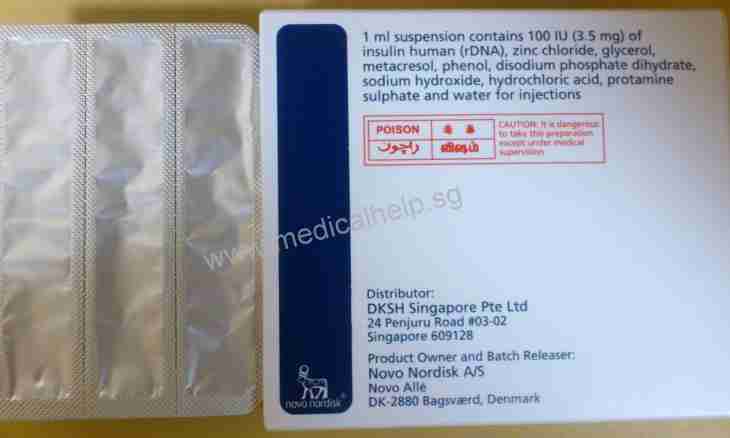Phenols are derivatives of aromatic hydrocarbons in which molecules hydroxyl groups – OH are at carbon atoms of a benzene ring. On number hydroksogroup they is one-atomic (arenola), diatomic (arendiola) and triatomic (arentriola). The most plain one-atomic phenol – C6H5OH hydroxibenzene.
Electronic structure of phenols
On the electronic building, phenols are polar connections, or dipoles. The negative end of a dipole is a benzene ring, positive – group – OH. The dipolar moment is directed to a benzene ring.
As the hydroxyl group – the deputy of the I sort, it increases electronic density, especially for orto- and para-provisions, in a benzene ring. It is explained by the interface arising between one of not divided electronic couples of atom of oxygen in OH group and the π-system of a ring. Such shift of not divided couple of electrons leads to increase in polarity of communication of O-H.
Mutual influence of atoms and atomic groups in phenols affects properties of these substances. So, the ability to replacement of hydrogen atoms in orto- and para-provisions of a benzene kernel increases, and usually as a result of such reactions of replacement trizameshchenny derivatives of phenol are formed. Increase in polarity of communication between oxygen and hydrogen causes emergence of rather big positive charge (δ+) on hydrogen atom in this connection phenol dissociates in water solutions on acid type. As a result of dissociation, phenolate ions and cations of hydrogen are formed. C6H5OH phenol is the weak acid called also carbolic acid. The main difference of phenols from alcohols – nonelectrolytes consists in it.
Physical properties of phenol
On physical properties of C6H5OH – colourless crystal substance with a melting temperature 43˚C and boiling temperature 182˚C. On air it is oxidized and gets pink coloring. Under usual conditions phenol restrictedly is soluble in water, but when heating above 66˚C mixes up with H2O in any relations. This substance, toxic for the person, capable to cause burns of skin, antiseptics.
Chemical properties of phenol as weak acid
Like all acids, phenol dissociates in water solutions and also interacts with alkalis with formation of phenolates. For example, reaction of C6H5OH and NaOH gives as a result phenolate of C6H5ONa sodium and H2O water: C6H5OH+NaOH=C6H5ONa+H2O.Eto property distinguishes phenols from alcohols. Similarity to alcohols – reaction with active metals with formation of salts – phenolates: 2C6H5OH+2K=2C6H5OK+H2 ↑. The phenolates of sodium and potassium which are formed as a result of two last reactions easily decay under the influence of acids, even such weak as coal. From this it is possible to draw a conclusion that phenol – weaker acid, than H2CO3: C6H5ONa+H2O+CO2=C6H5OH+NaHCO3.

